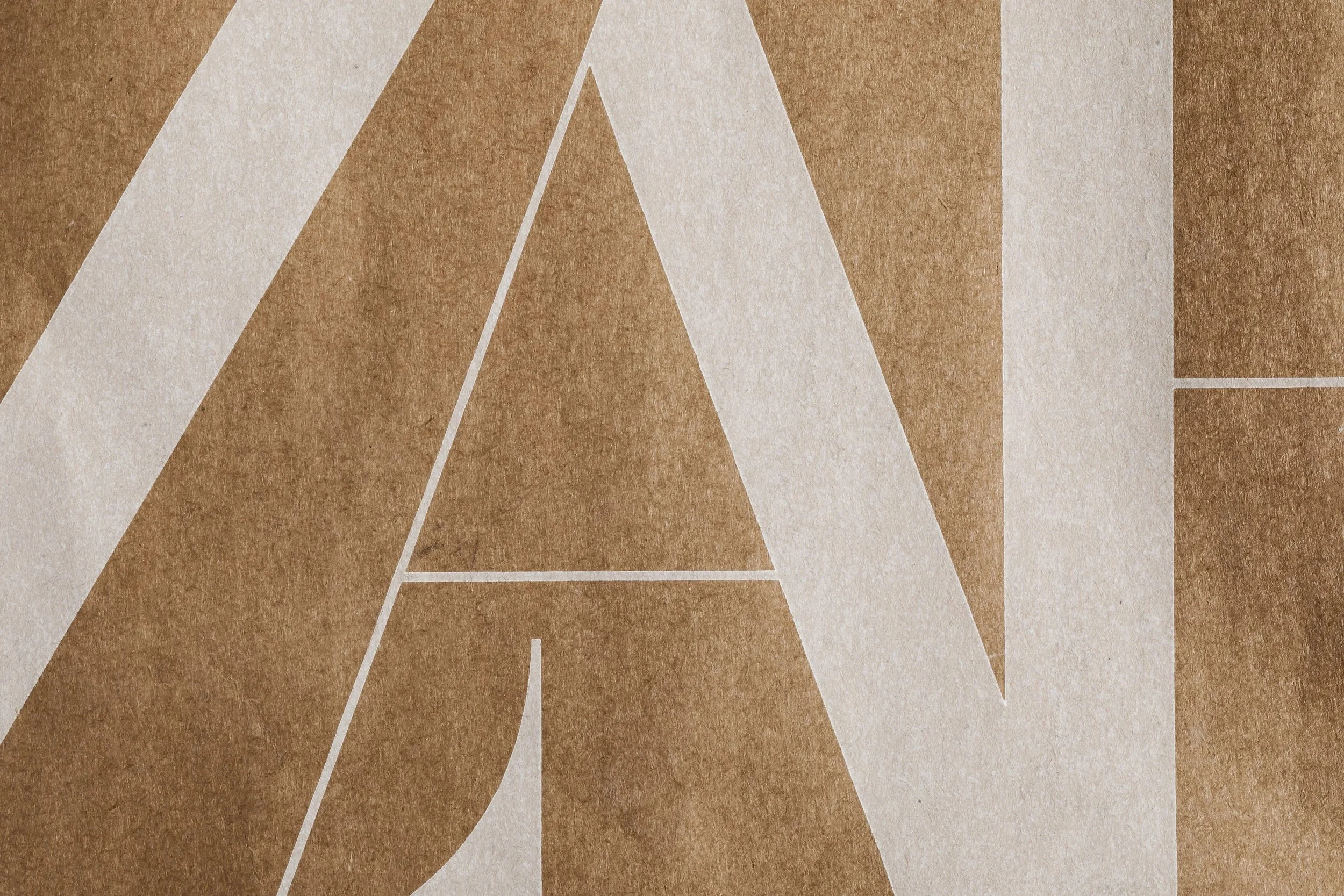The Founder's Dilemma: How to Clone Yourself Without Killing Your Brand's Soul
I was listening to a founder I admire recently, a brilliant designer who has built a world-class, founder-led creative practice. She was, once again, lamenting a familiar pain: being trapped in every meeting, a bottleneck to her own company's growth. Her instinct, as it has been for years, was that she needed to "grow the team" to free herself up.
But then she voiced the fear that every visionary founder has: if she steps away, if she's not in the room, will the magic disappear? Will the brand's soul, which is so intrinsically tied to her vision, become diluted?
This is the founder's dilemma. It is not a question of hiring. It is a question of control.
The common advice is to "delegate more," but this is a trap. It presents a false choice between burnout and abdication. The real challenge is not to remove yourself from the process, but to scale your unique genius within the process. The goal is not to clone your body, but to codify your brain.
Here is the playbook for escaping the bottleneck without losing your soul.
1. State the Purpose: Go from "Creative Director" to "Creative Constitution."
The problem is that your brand's standards, taste, and strategic filter live inside your head. You are the sole arbiter of "good," which means every decision must pass through you. You don't need to hire more people; you need to write your constitution.
The Action: Create a "Creative Constitution." This is not a fluffy mission statement. It is a sharp, opinionated, and highly specific document that codifies your worldview. It should include:
Your 10 Commandments: A list of non-negotiable rules for your brand. (e.g., "We never use stock photos of people," "Every headline must ask a provocative question.")
The "Hell Yes" Filter: A checklist of 3-5 criteria that a project or idea must meet to be considered "on brand." If it doesn't get a "hell yes" on all points, the answer is an automatic "no."
The Lexicon: A list of words your brand uses and, just as importantly, words it never uses.
This document becomes the single source of truth. Your team no longer has to ask, "What would Zuzu do?" They can ask, "What does the Constitution say?"
2. Create the Plan: Design Your "Points of Intervention."
You don't need to be in every meeting. You only need to be in the right meetings. A founder's role is not to manage the entire project, but to intervene at critical moments to inject their unique value.
The Action: Map out your project workflow from start to finish. Identify the two or three most critical "leverage points" where your specific genius provides the most value. For a designer like Karin, this might be the initial concept meeting and the final 10% review. For you, it might be the initial "Clarity Call" and the final delivery of the playbook.
You will attend only these meetings. All other meetings are owned by your team. Your intervention is now a high-impact, strategic event, not a constant, low-level presence.
3. Remove the Friction: Replace "Approval" with "Accountability."
The final bottleneck is the belief that you must "approve" all work before it goes out the door. This creates a culture of dependency. The solution is to shift the responsibility to your team.
The Action: Institute a system where your team "signs off" on their own work before it gets to you. They must present their work not for your approval, but for your information, along with a written attestation: "This work has been checked against the Creative Constitution and I have confirmed it meets all criteria."
This simple act removes the friction of you being the sole quality control officer. It empowers your team, holds them accountable to the system you've created, and frees you to focus on the one thing they can't do: have the next Big Idea.
Every visionary founder faces the same dilemma: the fear that stepping back from the day-to-day will dilute the brand's soul. But the common advice to simply "delegate more" presents a false choice between burnout and abdication. This article presents a new playbook. The solution is not to clone your body, but to codify your brain.
A final, critical note: this process is an act of trust, and trust requires resilience. There will be moments when your team doesn’t perfectly interpret the Constitution. There will be times when your instinct is to jump back into a meeting you’ve sworn off. This is the gravitational pull of your old habits. The work is not to never feel this pull, but to build the resilience to resist it, to trust the system you’ve built, the team you’ve empowered, and most importantly, to trust that your greatest contribution lies in the future, not in the minutiae of the present.
The goal is not to work less. It's to do more of the work that only you can do. It's to stop being the bottleneck and start being the catalyst.
Feeling like the bottleneck is a sign that your company is ready to scale beyond your personal capacity. The Strategic Advisor retainer is designed for leaders navigating this exact transition. It's the system of accountability that helps you implement these changes and truly step into the CEO seat. You can learn more here.


